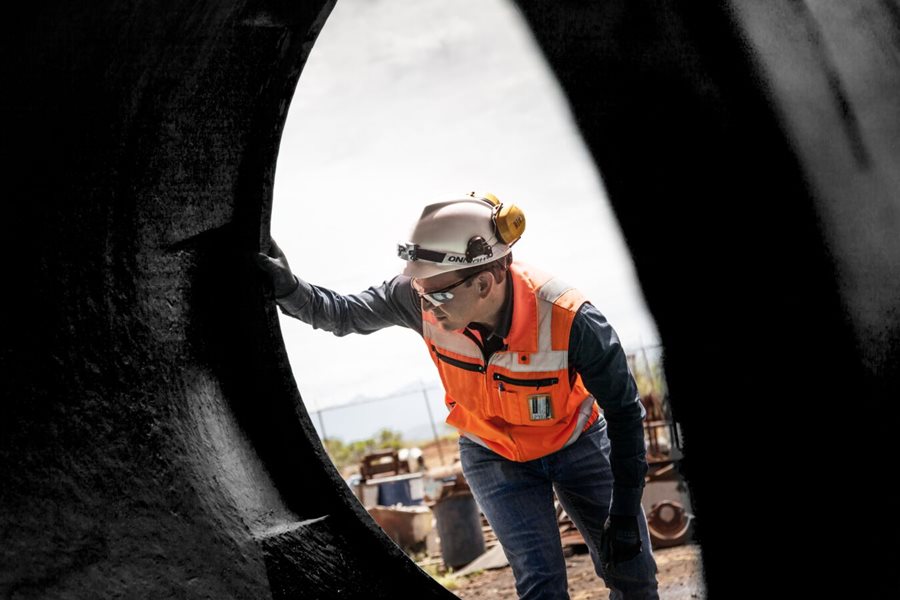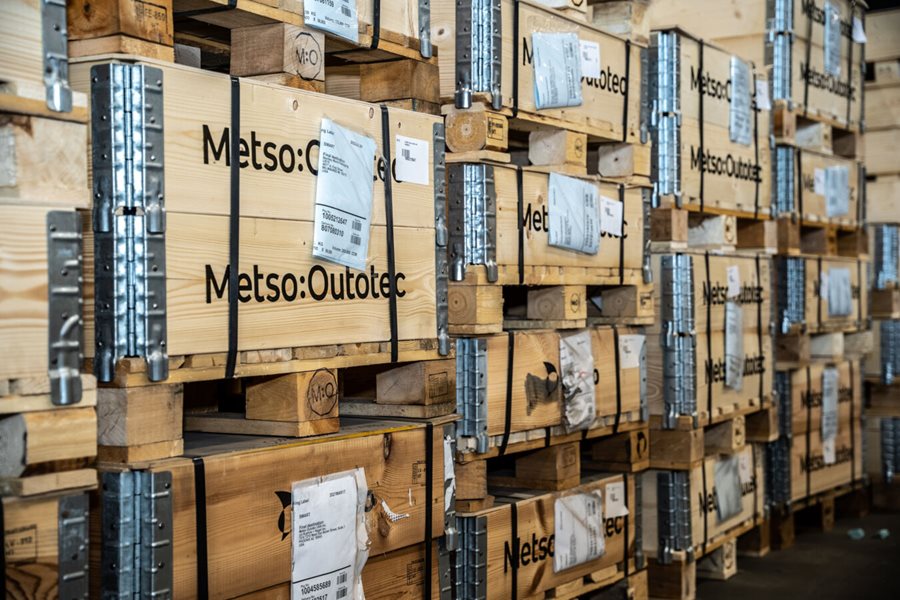We strive for environmental efficiency in our own operations and target net zero emissions by 2030, a goal that is much more ambitious than what most of the industry is aiming for. We have a strategic commitment and roadmaps setting out the concrete actions and resources needed to achieve these ambitions.
Metso Outotec has a pipeline of environmental projects - actions related to energy, CO2, water and waste to help reduce our overall environmental footprint and achieve cost savings. In 2022 we published a new e-learning focused on defining environmental projects to drive down our emissions and engaging our people to think of possible actions from different angles.
In 2022, we decreased our own CO2 emissions by 60% compared to the baseline year 2019. This was partly thanks to close to 40 environmental projects that were completed. Last year’s projects included multiple solar panel installations at manufacturing locations, increasing our renewable energy generation by 80% from the previous year, and improving the overall energy efficiency of processes and facilities. Almost all Finnish locations moved to green district heat and several other initiatives were completed globally - for example electric induction furnace modernizations, preheating of ladles, switching to LED lighting and investing in modern air compressors. Going forward there are more than 50 new projects in the pipeline.
In addition, we completed a waste oil recycling project in China and a green-gas certificates initiative in Brazil that reduced CO2 emissions from the use of natural gas. The certificate ensures that each megawatt-hour is generated from a renewable energy source, in this case biomethane produced from concentrated vinasse, a byproduct of ethanol that can substitute natural gas and diesel.




